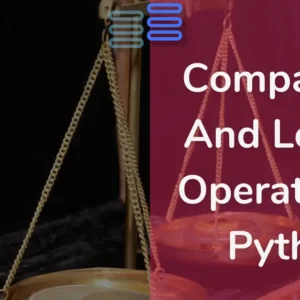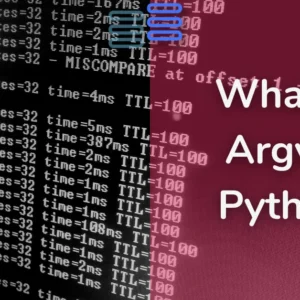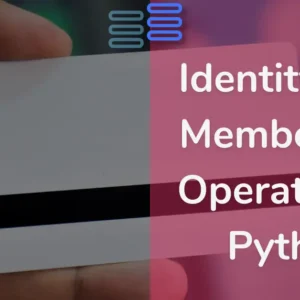What is It?
With no fancy words, python is a language used to communicate with computers.
It is free to use and available to install on its official website.
In one-line, It is a high-level, general-purpose, interpreted, and object-oriented programming language.
Contents
1) High-level
It is a high-level (English-like) language that makes it easy to learn.
It doesn’t require you to understand the details of the computer(memory-management like things) in order to develop programs efficiently.
2) General-purpose
It is a general-purpose language. It means that you can use it in various fields including:
- Web applications
- Big data applications
- Testing
- Automation
- Data science, machine learning, and AI
- Desktop software
- Mobile apps
3) Interpreted
It is an interpreted language. To develop a Python program, you write the code into a file called source code.
To execute the source code, you need to convert it to the machine language that the computer can understand.
source code —interpreter—> machine code
The Python interpreter turns the source code, line by line, once at a time, into the machine code when the program executes.
Languages like Java and C# use a compiler that compiles the whole source code before the program executes.
Why Python?
Its simplicity stems from its English-like syntax, emphasizing readability and easy grammar, making it one of the easiest programming languages to learn.
It’s quick to make a prototype in Python.
It has an active and supportive community that aids in problem-solving and error resolution, ensuring a smoother learning experience when faced with challenges.
Its flexibility as a general-purpose language eliminates the need to learn multiple languages for different tasks.
Its strength lies in its automation capabilities, facilitated by numerous libraries that simplify and expedite tasks, particularly those involving repetitive actions or data manipulation.
It enables achieving complex tasks in fewer lines of code compared to other programming languages, enhancing efficiency and reducing coding complexity for various functionalities.
Python developers are in high demand.
Versions
It has two major versions: 2x and 3x.
2.x was released in 2000. The latest version is 2.7 released in 2010. It isn’t recommended for use in new projects.
3.x was released in 2008. Basically, they are not compatible to each other. And you should use the latest versions of Python 3 for your new projects.
Conclusion
- Python is an interpreted, high-level, general-purpose programming language.
- It has become the solution in many domains from web applications, data analysis, data science, machine learning, and AI.
- Use Python 3 for the new development.


